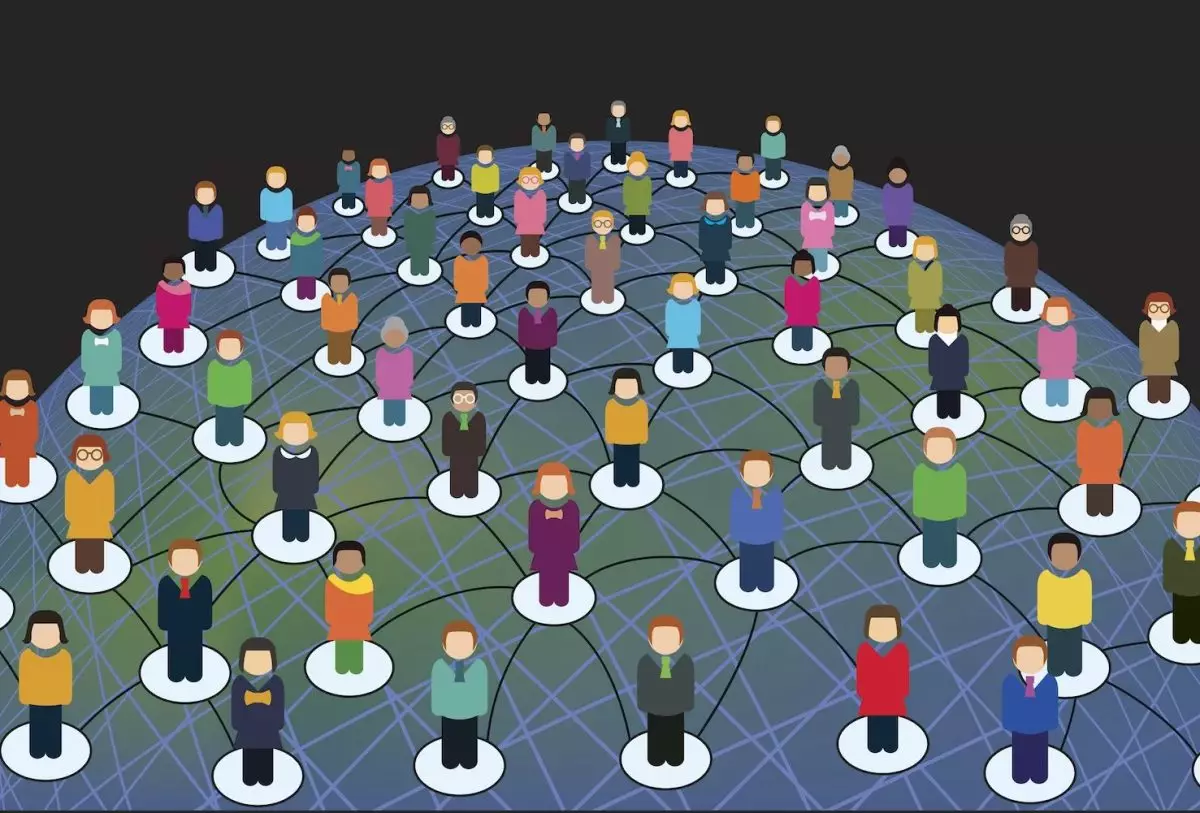The term “open source” has become a pivotal element in the software industry, often touted as a hallmark of transparency, collaboration, and adaptability. However, the discussions surrounding what constitutes genuine open-source software are intricate, revealing a landscape fraught with contradictions. The Open Source Initiative (OSI) provides official guidelines that certify what can be labeled as “open source,” but the reality is nuanced. Understanding this complexity is essential, especially as we navigate both legal definitions and the more philosophical aspects that define open source’s spirit.
Historically, the open-source movement emerged as a backlash against proprietary software’s restrictive nature, advocating for user control and the freedom to modify software. But in practice, the boundaries can become blurred. For instance, many companies advertise their offerings as open-source while relegating crucial features behind paywalls. This practice raises significant questions about the authenticity of their commitment to the open-source ethos. It pushes us to consider whether merely having access to source code suffices or if the culture and governance behind it hold equal weight.
A quintessential example of this paradox can be seen in Google’s Android operating system. Android is built on the Android Open Source Project (AOSP), which is freely available under a permissive Apache 2.0 license. On the surface, Android adheres to the principles of open source: anyone can access, modify, and distribute the code. However, this ideal clashes with the reality of Google’s tight control over the ecosystem.
Google’s claims of Android’s openness are frequently challenged by its strategic maneuvers, such as the anti-fragmentation agreements signed with hardware manufacturers, which prevent them from freely modifying the software. Furthermore, the lack of community-driven governance over the Android project inhibits genuine collaboration. As Luis Villa, co-founder of Tidelift, pointed out, while the licensing may be impeccable, actual engagement with the project is often strongly limited. This concern signals a broader issue: when only one entity exerts substantial influence over a project, it risks veering away from open-source principles.
As the open-source conversation evolves, the interplay between corporate interests and community autonomy becomes increasingly pertinent. Scholars and enthusiasts alike have posited that corporate ownership could undermine the foundational principles of open source. During a recent panel at the State of Open Con25, Peter Zaitsev of Percona stressed the importance of governance structures. He emphasized that if a project is solely governed by a single corporation, the potential for changes—such as shifting licenses—becomes a genuine concern for the longevity and integrity of the software.
The questions raised about vendor-owned open source initiatives reflect an ongoing struggle between profit motives and community collaboration. This speaks to the essence of what open-source software aims to represent—a collective effort unencumbered by strict commercial constraints. However, instances abound where corporations redefine the parameters of openness to safeguard their commercial interests, leading to a growing skepticism about their intentions.
The escalating prominence of open source in artificial intelligence (AI) presents another dimension to this discourse. The rapid development of AI technologies, particularly those underpinned by open-source principles, has sparked debates about the transparency and accessibility of training data and algorithms. As illustrated by the example of China’s DeepSeek, a tool that gained traction for its open-source credentials, there remain significant questions regarding the true openness of AI models.
Companies like Meta have promoted their large language models, such as Llama, as “open,” yet many experts argue that inherent commercial restrictions undermine this claim. These developments prompt onlookers to critically evaluate the core elements of open source in the AI realm. Are these institutions genuinely committed to openness, or are they simply leveraging the term for a marketing advantage? The essence of open source in AI is contingent upon not only the accessibility of source code but also the underlying principles of transparency and inclusivity.
With increasing scrutiny surrounding the definition of open source, navigating this terrain necessitates an evolving understanding of both its legal frameworks and its inherent values. Emily Omier highlighted the potential misuse of the open-source label and pointed to its robust brand equity as a reason why companies may seek to manipulate its meaning.
As global regulations—such as the EU AI Act—begin to craft specific carve-outs for “free and open source” technologies, businesses may attempt to alter definitions to align with their objectives. The challenge lies in balancing clear definitions with a commitment to the foundational spirit of open source.
To succeed, the open-source community must engage in constructive dialogue around governance, community involvement, and ethical software practices. As Stefano Maffulli of the OSI articulated, defining open source primarily through licensing provides a practical framework, but it must be complemented by a continually evolving conversation about its wider implications. As we look to the future, bridging the gap between legal definitions and community engagement will be paramount to preserving the integrity of open source in an increasingly commercialized environment.

